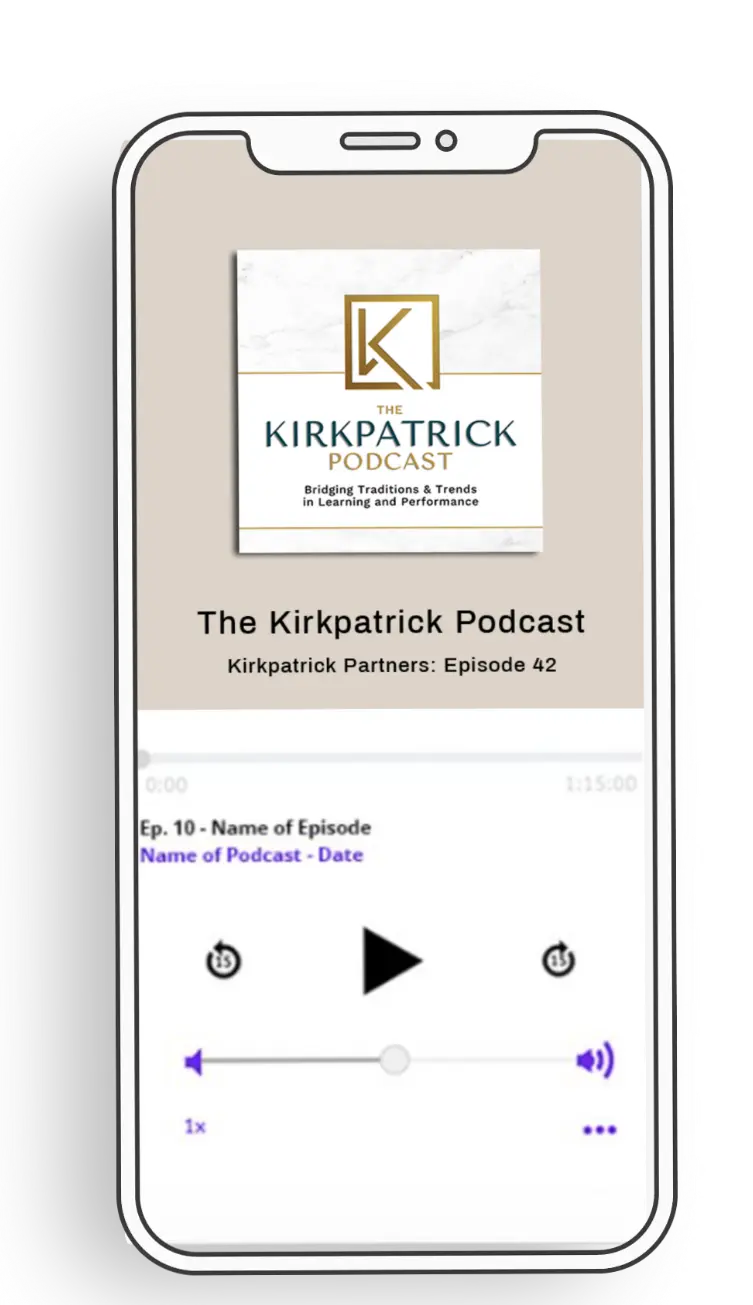Unlocking the Secrets of Level 4 Evaluation: It’s Not Impossible, It’s Essential!

Are you struggling to prove the true impact of your training programs and wondering how to achieve the elusive Level 4 evaluation? You’re not alone. Many organizations find it challenging to measure the tangible business results of their learning initiatives, leading to frustration and missed opportunities. But here’s the good news: Level 4 evaluation isn’t just possible—it’s essential for driving long-term success. Whether you’re new to Level 4 or have been grappling with it for years, we’ll debunk the myths surrounding Level 4 and equip you with actionable strategies to revolutionize your approach, helping you demonstrate the undeniable value of your training efforts and significantly enhance your organizational impact.
Redefining Success: The True Meaning of Level 4
Success in Level 4 evaluation goes far beyond just hitting final numbers or achieving a short-term goal. It’s about understanding the broader journey your organization is on and how each step contributes to the mission. Many times, the small wins—like incremental behavioral changes or improved team dynamics—are just as valuable as the end results. Shifting your focus from one ultimate outcome to recognizing these smaller, progressive achievements can provide a richer and more accurate picture of success. When we embrace this expanded definition, we begin to see that Level 4 isn’t a single point on a map, but a path toward sustained impact.
In this broader view, interim metrics and qualitative data are just as critical as the final numbers. Gathering feedback from employees, tracking behavioral shifts over time, and measuring improvements in efficiency all contribute to a successful Level 4 outcome. Organizations that adopt this mindset can see growth in areas they may have overlooked before, realizing that even the smallest changes pave the way for larger, more significant transformations. It’s time to reframe success and understand that Level 4 is as much about the journey as it is about the destination.
The Power of Relatable Analogies
When it comes to gaining stakeholder buy-in for Level 4 evaluation, speaking their language is key. One of the most effective ways to do this is through analogies that resonate with them. Imagine explaining the training process as if it were a gym membership. Signing up for the gym isn’t enough to guarantee fitness results—what happens after, the effort, consistency, and commitment to the process, is what truly delivers results. Similarly, training programs alone won’t lead to organizational success; it’s the application of skills and behaviors post-training that makes the difference. Stakeholders can better grasp the importance of long-term evaluation when they see it through a familiar lens.
Analogies like these can bridge the gap between theory and understanding, making it easier for stakeholders to grasp the importance of ongoing evaluation. Just as a sports team’s preparation doesn’t end with the first practice, the real magic happens when players take what they’ve learned and apply it in the game. By drawing comparisons to experiences your audience can relate to, you can make the case that training is just the beginning, and the true value is realized when you evaluate and sustain those efforts over time.
Building a Culture of Evaluation
Creating a culture of evaluation is one of the most powerful shifts an organization can make. This is more than simply having a dedicated team responsible for assessments; it’s about embedding the mindset of evaluation across the entire organization. When everyone—from frontline employees to senior executives—understands the importance of measuring impact, you create a shared language around success and continuous improvement. It encourages employees to think critically about their role in driving organizational outcomes and fosters a sense of ownership in the process. This collective effort is what transforms evaluation from a sporadic task into a cultural norm.
A culture of evaluation thrives on collaboration and transparency. Instead of evaluating in silos, bring stakeholders together to align on goals, metrics, and expectations. When evaluation becomes part of the fabric of your organization, it drives a mindset of accountability and learning. In this environment, evaluation is no longer a daunting task but an exciting opportunity for growth. With the right mindset and a community that values feedback and progress, organizations can consistently raise the bar and turn Level 4 evaluation into a regular, attainable practice.
Leveraging Technology for Seamless Evaluation
Technology can be a game-changer when it comes to simplifying the evaluation process. From AI-powered analytics tools to automated data collection systems, modern technology allows organizations to gather insights faster and more accurately than ever before. Tools like these streamline the once time-consuming tasks of data entry, feedback collection, and progress tracking, freeing up valuable time for deeper analysis and strategic decision-making. By leveraging the right tech tools, evaluation shifts from being a manual, effort-intensive process to a more efficient and scalable operation.
Embracing technology also enhances the depth of your evaluations. Automated dashboards can provide real-time insights into performance metrics, while AI-driven sentiment analysis can reveal hidden trends in employee feedback. This makes it easier to identify areas of improvement and monitor the long-term impact of training efforts. When technology is integrated thoughtfully into the evaluation process, it transforms what might feel like a chore into a seamless, powerful tool for organizational success.
Sustaining Success: The Showcase Approach
Achieving Level 4 success is a significant milestone, but it’s not the end of the journey. In fact, it’s just the beginning. One effective way to sustain and build upon your success is through a “showcase” approach. This involves sharing your wins, processes, and learnings with others in your organization. By publicly demonstrating how you achieved Level 4, you inspire others to follow in your footsteps. Showcasing success doesn’t just boost your team’s confidence—it creates a ripple effect that encourages other departments to adopt similar strategies, ultimately driving organizational growth.
Your success story can also serve as a powerful case study for future initiatives. By highlighting the key factors that contributed to your Level 4 achievements, you create a blueprint for others to replicate and build upon. In this way, a showcase approach not only sustains your current success but also ensures that your organization continues to evolve and thrive in the long term. Celebrating these wins publicly fosters a culture of shared learning and ongoing improvement—key ingredients for sustained success.
It’s time to move past the notion that Level 4 evaluation is an impossible feat. By broadening our definition of success, using relatable analogies, fostering a culture of evaluation, and leveraging technology, Level 4 becomes not just achievable but essential. It’s about more than reaching a specific goal; it’s about creating a system of continuous improvement that benefits your entire organization. The tools and strategies discussed here will help you tackle Level 4 head-on and demonstrate the undeniable impact of your training programs. With the right approach, the future of impactful training evaluation is well within your reach. All it takes is a shift in mindset—and a commitment to excellence.
LEARN WITH US
If you are on the search for a community that understands you and can provide you with the support you’ve been looking for, we would love to have you as a part of our Kirkpatrick Community! Learn more and join here.
Check out the most recent episode of the Kirkpatrick Podcast
Don’t forget, the true magic happens when we modernize our training methods and see concrete results. Cultivating an environment of trust, active participation, and continuous enhancement increases the likelihood of our training programs’ success.
Interested in mastering the Kirkpatrick Model? Dive into the Kirkpatrick Evaluation Toolkit, your comprehensive resource for streamlined and impactful evaluation. Learn more here!





